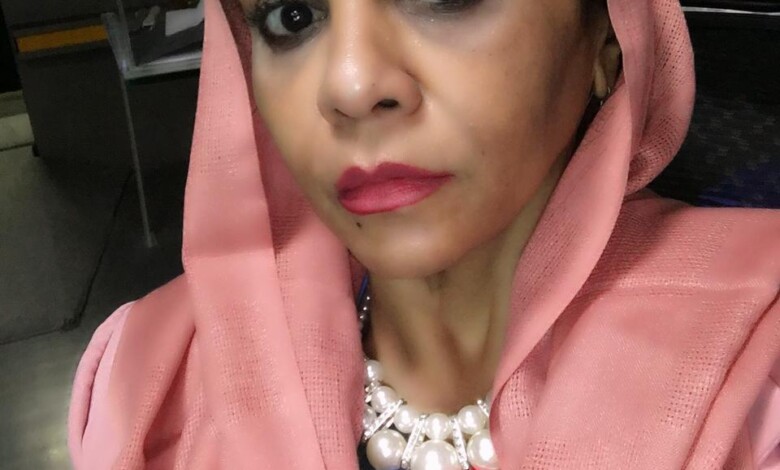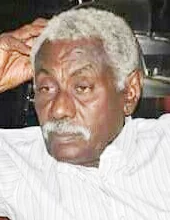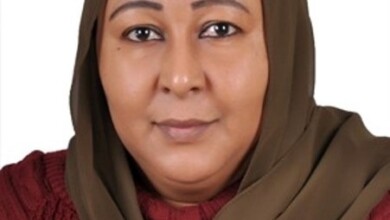The Great Deception: How the Muslim Brotherhood’s media deceived
public opinion with a false victory in Khartoum?

The illusion of victory and the collapse of reality… Let’s discuss how the Muslim Brotherhood’s media and Al-Burhan’s Army implemented the biggest propaganda scheme in the history of the Sudanese war.
At a moment of tactical redeployment from the heart of Khartoum, the city,
Not from the national capital; a well thought-out redeployment of the Rapid Support Forces (RSF) was implemented.
The Muslim Brotherhood’s media and the Sudanese Army’s propaganda appendages made an appearance, announcing a crushing victory.
As if the war was over, as if the Rapid Support Forces had disappeared.
As if Khartoum had restored its previous safe conditions, as if nothing had happened. This scene wasn’t surprising to those familiar with the tools of directed media. Rather, it was a blatant example of deception and the fabrication of the illusion of victory. This scenario has been repeated in numerous wars, from Nazi media outlets at the end of World War II to Radio Baghdad prior to the latter’s fall in (2003). All the aforementioned declared victory while their forces were collapsing.
In Sudan, they used the same recipe: fabricated videos, terrified citizens wearing Rapid Support Forces uniforms appearing in carefully arranged shots, cameras moving between staged shots, exhausted faces that don’t resemble those of fighters, and sometimes people speaking with accents that don’t resemble the states they are claiming to hail from.
The official media discourse began to circulate old images as if they were recent. Footage of neighborhoods -the control over which was previously regained- was recycled with glamorous headlines featuring phrases such as “The rebellion has been crushed,” “The Sudanese Army is in complete control,” and “The country is being liberated.” In reality, the Rapid Support Forces was in the process of tactical redeployment from specific points.
For reasons related to battlefield strategies, this was a tried and tested tactic, with a high success rate. However, the media wanted to portray the redeployment as fleeing the area.
They wanted to portray the tactic as a loss. Al-Bashir’s media utilized the same methods when the Sudanese Army announced control over areas in Blue Nile and South Kordofan. However, it was a brief period of control, after which all thse efforts collapsed. This was a calculated deception to buy time and raise morale. In the background, the Moral Guidance Department operated as a central kitchen of lies, formulating slogans, preparing statements, sending messages to satellite channels and online activists, distributing ready-made phrases, and creating an aura around the leaders as heroes of the nation.
Thus, the tactical withdrawal and redeployment from the battlegrounds of Khartoum was transformed into a victory for the Army by the media, and the urban warfare was transformed into a mere rebellion that had ended, while the reality conveyed that the conflict was ongoing and Khartoum was still at the eye of the storm.
The misleading media doesn’t merely limit its role to fabrication. It also uses religion and national symbols to link the Army to the nation and portray the opponent as a traitor, mercenary, or an apostate. This is an ancient strategy used by Gamal Abdel Nasser against the Muslim Brotherhood in Egypt, used by Saddam Hussein in Iraq against Iran, and is now being repeated against the Rapid Support Forces.
In Conclusion
The aforementioned fabrication may persist for some time, but it won’t produce a real victory. Popular awareness has begun to deconstruct the official narrative, re-examine the images, and pose difficult questions. How can Khartoum be liberated while it lacks electricity and water? How can victory be complete when the Rapid Support Forces control more than 80% of Sudan’s territory?
Only time will expose such deception, and only the battlefield will determine the victor. The media is a tool of war, but the truth cannot be defeated forever.





